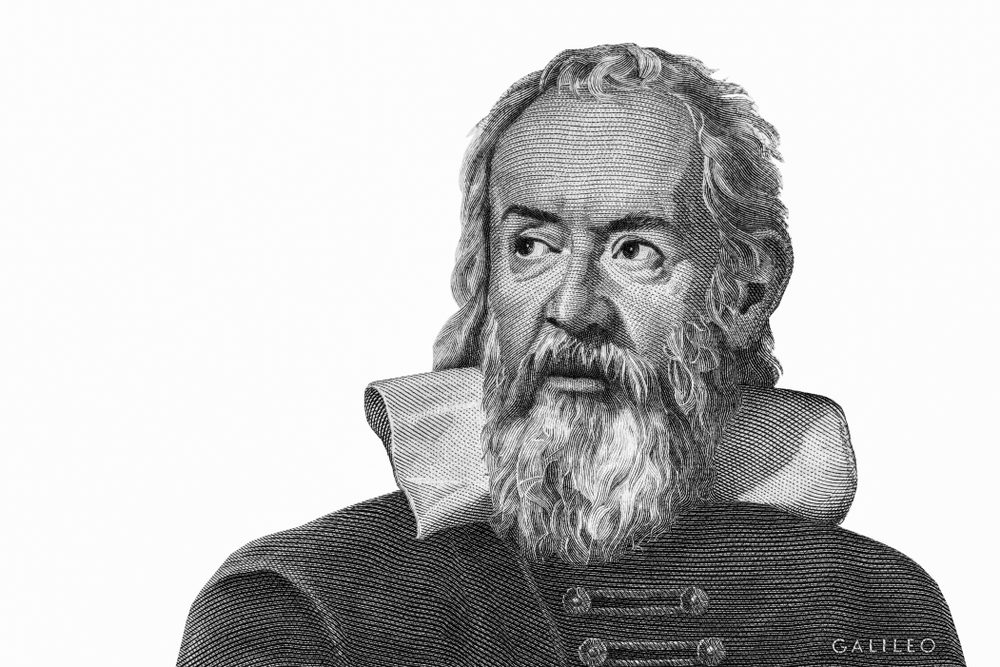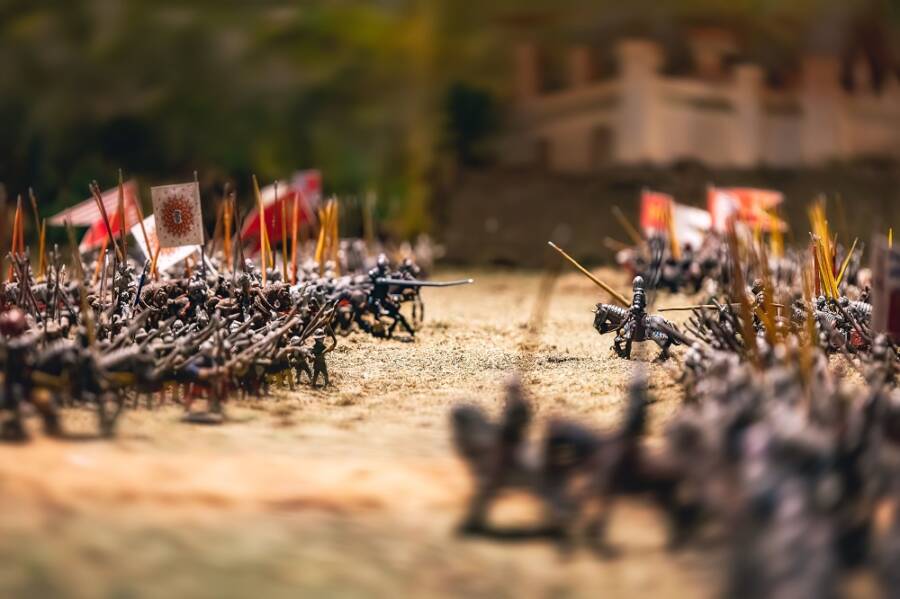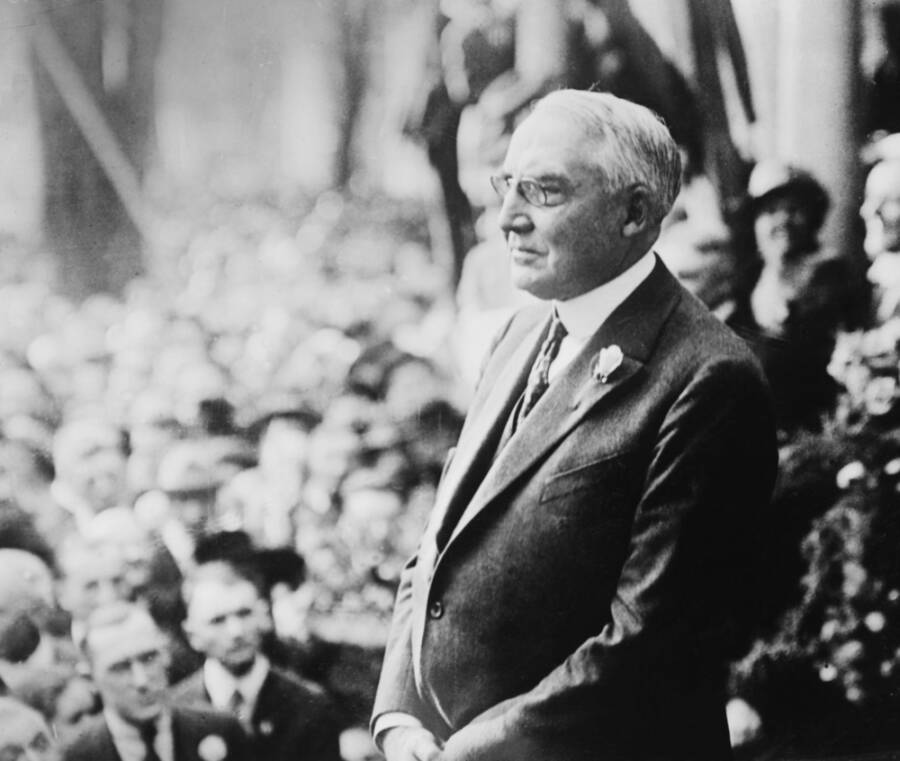From antiquity to the present day, there are a lot of historical figures that everybody suspects were lunatics because of their actions. But some of them were mostly right about various things they said or predicted. Even when science is obvious, we as a species struggle to bring new findings into the world. People avoid those who have found these new facts because they find them frightening and unfamiliar rather than accepting them.
Medical wonders, artistic approaches, scientific discoveries, and toxins that are slowly destroying us have all been laughed at before being recognized years later. Despite the fact that most of the historical figures we’re going to mention in our article were actively trying to help humanity, some of them were sacrificed and tortured because of their beliefs.

The philosopher Giordano Bruno was burned alive
One important historical figure was the Italian philosopher Giordano Bruno, who had some “big” ideas for the century he lived in. He not only rejected the notion that the sun was the center of the universe, but he also went far further than his leading researchers in doing so.
He also had a strong belief that the universe doesn’t have a center and that each star has its own sun and moon around them. After years of trying to prove that his ideas were right, he went abroad to Europe to tell others about his studies, but shortly after he came back to Italy, he was arrested for his heretical and false statements. Later, after 7 years of trial, he was sentenced to death.
Marcello Malpighi, the historical figure that studied anatomic pathology
In ancient times, new ideas were always regarded as strange, and most of them could lead to death. This was the case for the historical figure Marcello Malpighi, the “father” of microscopic anatomy. He lived most of his life in Italy, even after he graduated from the University of Bologna. His main field of interest was the study of the human body, especially its anatomical pathology.
For the first time, he connected small arteries and small veins while conducting studies on the pulmonary and capillary networks. In addition, he made ground-breaking discoveries about the optic nerve, red blood cells, and the brain, in addition to the first identification of taste buds. Unfortunately, he died by physical assault in his house in Bologna, which was burned by some vandals that destroyed his scientific documents and microscopes.
Alice Evans and milk pasteurization
If you were a woman who lived in 1880, you definitely didn’t have a nice life. Especially if you were trying to do something that was completely forbidden for a woman: have a job. This was also the case for Alice Catherine Evans, an important historical figure who wanted to be a scientist during these years and had a master’s degree in bacteriology. She persisted, though, and eventually began researching the bacteria found in milk and cheese for the US Department of Agriculture.
Evans observed that drinking unpasteurized milk could result in a bacterial infection called “brucellosis.” In order to reduce the risk, she advised pasteurizing all milk. It was obvious that the whole dairy industry found her statements amusing, and they completely ignored them. After she eventually got infected with the bacteria and had to struggle with it for the rest of her life, the dairy officials finally took her advice and changed their rules to require the pasteurization of all milk.

Isaac Newton, the “father” of science
Despite the fact that he is regarded as one of the most influential historical figures, Isaac Newton’s mood swings made him very unapproachable as a person. Various researchers found that he had manic depression, psychosis, and even schizophrenia, and he was in a continuous struggle with them his whole life. Newton often hallucinated and had conversations with people that only he saw, while in his notes on alchemy, he said plenty of times that God brought him to the world to be his speaker and show people the real truth about science.
A lot of historians believe that these mental episodes were attributable to mercury poisoning from all these chemical experiments. However, we don’t need to forget what he did for science during the 17th century. One of the most significant pieces of literature in the development of modern science was Isaac Newton’s Mathematical Principles of Natural Philosophy, which he wrote in 1687.
John Snow -the historical figure that discovered cholera
And we’re not talking about the Game of Thrones character; we’re here to discuss the man who discovered the first signs of cholera that began spreading around England in the mid-1880s. Snow was an important historical figure who speculated that the infectious sickness was brought on by tainted water, but at the time, breathing harmful vapors was the generally accepted theory. (Around this time, many appeared to believe that “poor air” was the root of many problems.)
Despite the fact that nobody believed his statement, he kept looking for even more proof regarding the matter. After more than 500 people were killed in his town, he started tracking the water and found that the town pump was the main issue because the prison that was nearby didn’t have a single cholera victim. Nobody believed him even after this until an article appeared in the local newspaper that confirmed the contamination came from the town pump.
Joseph Lister and sterilization
During the 19th century, a lot of things happened, starting with various inventions regarding medicine and science, but also the Widespread European Revolution. But in the early 1800s, surgery was among the most amazing things because it was bound to help save people’s lives. The invention of anesthesia was another thing that was introduced that made things easier during complicated operations. It was something new, and both the doctors and the patients were fortunate that it was discovered.
But longer operations meant more time spent in operating rooms, which made them a lot riskier. This is a result of medical professionals’ ignorance of microorganisms and bacteria. They would simply clean out the operating room once a day to get rid of all that potentially harmful air because they believed that “bad air,” also known as the “miasma theory,” was the main source of the infection.
The British surgeon Joseph Lister, another important historical figure, didn’t believe in the whole idea of “bad air,” and he tried to do various experiments on infected tissue to see how the bacteria could be avoided. Lister’s approach was to spray the area with a substance he called an antiseptic before the procedure, and pathogens wouldn’t be able to enter the wound as a result. This idea was treated with contempt by many other doctors for many years, but in the end, his theory was accepted as being genuine.

Galileo Galilei – “the Earth revolves around the sun”
Galileo Galilei earned his place among other historical figures as the inventor of the telescope that let him study and observe other planets that are around the Earth. But in the time he lived, that made him many enemies, especially around the Catholic Church’s leaders. Around 1663, the power of the Catholic Church was immense. Galileo Galilei was unfortunate enough to live in that time and have a “different” opinion about the universe and everything around it.
He was put on trial after he said that the Earth revolves around the Sun. Everybody thought he was spreading misleading information. The doctrine contradicts his beliefs, and he ended up being convicted. He spent his last years under house arrest without the right to speak in public.
Only after thousands of years did the Vatican finally accept that he was right. What other important things do you know about this historical figure?
William Harvey- the blood circulation theory
Medical wonders were always hard to believe, especially in the past centuries. William Harvey, another important historical figure, was an English physician who lived from the late 1500s to the mid-1600s and experienced this. Later, in 1628, he published his study regarding blood circulation and dared to contradict the previous theory based on the fact that the blood circulated through the liver.
He claimed that the only possible way for blood circulation is through the heart, and because of that, he was mostly criticized to the point where his theory was considered a lie.
It is a pity that humanity knows how to appreciate historical figures only after they are no longer around. Unfortunately, this was also the fate of these eight personalities who tried to make medicine and science two advanced fields. Do you know other historical figures that changed the course of humanity?
Are you interested in more historical figures around the world? We have an entire section dedicated to it. Check it out HERE.





